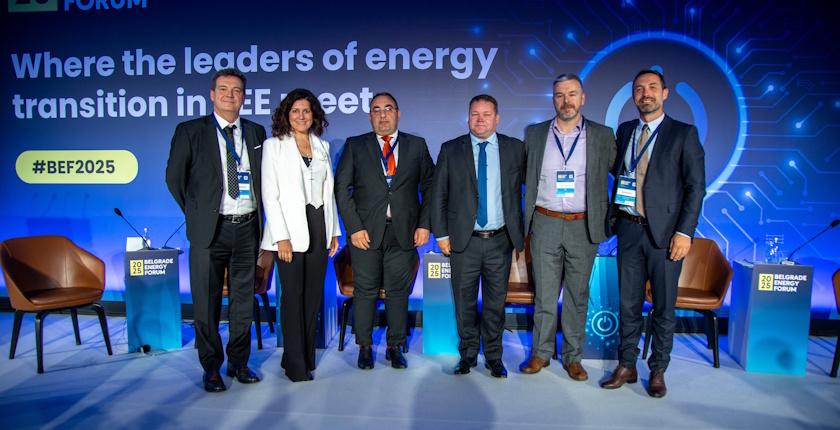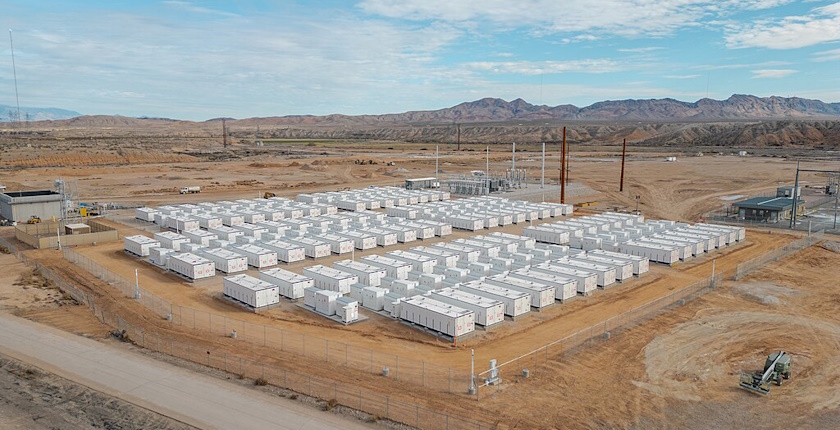
Third Regional Power Sector Exchange in Ohrid: Power grids at core of energy transition
The third Regional Power Sector Exchange of the Western Balkans in Ohrid in North Macedonia gathered over 80 energy professionals from the region to discuss the future of electricity decarbonization and the urgent need to modernize power infrastructure. Organised under the framework of the Regional Climate Partnership between Germany and the Western Balkans, the conference […]









